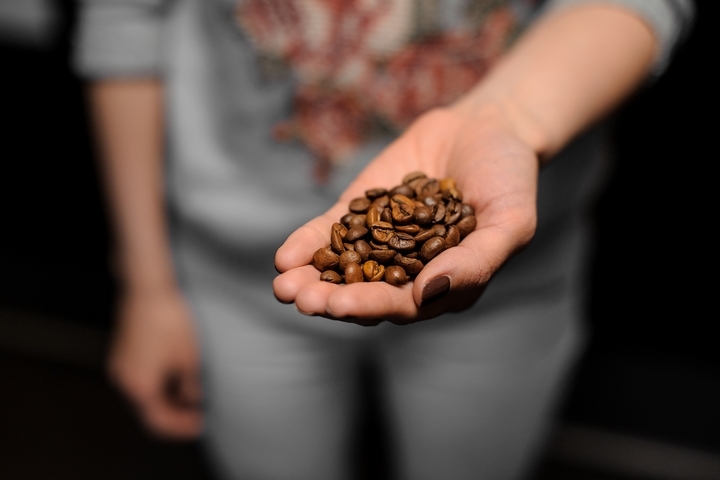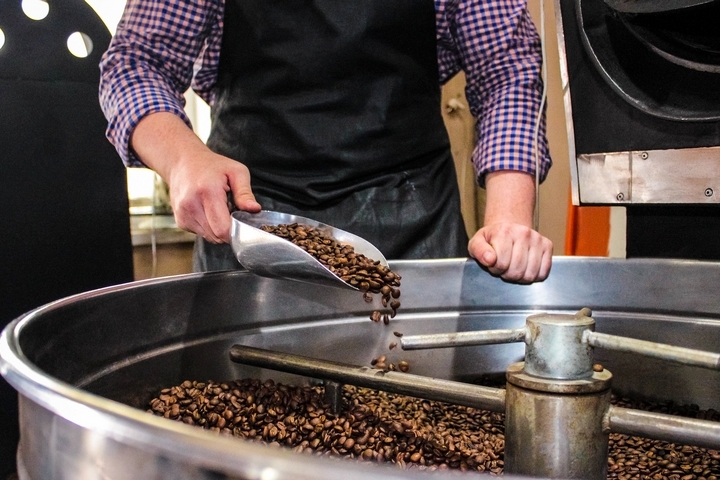
Our mornings don’t begin until we have a steaming or iced cup of coffee in our system. It gives us the boost to carry on with our day and manage all our work and socialization. A truly good morning is only made when the coffee we ingest is of good quality and brings many delicious and energizing flavours to our mouths. If our coffee seems barely edible, however, it will leave a lingering taste of disgust on our palettes and day.
We know that having a superior quality coffee will brighten our day, so let’s discuss how this can be achieved. The art of mastering making a delectable coffee takes practice and skill but is achievable by all. In addition to this, our tastes play a large role in what we deem tasty and not.
If you have been struggling to make your coffee taste just right or want to elevate the flavour from its current level, read on! Together, we can explore how you can make your coffee taste good.
1. Coffee beans

The first step to ensuring tasty coffee is to assess the quality of the coffee beans. When you opt for high-quality beans, you’re laying the groundwork for a better blend of flavours you gain access to with each sip. Higher-quality coffee beans exist in a deep brown colour, signifying their richness in flavour.
The region of the bean’s origin is just as important. This is because the geography, climate, and altitude of the region where the beans are grown contribute immensely to their flavours.
Different regions develop beans with distinct characteristics. Beans grown at higher altitudes tend to have brighter acidity and more pronounced flavours, while beans from lower altitudes often possess a fuller body and smoother, deeper, earthier notes.
Make sure to ethically source your beans as well!
2. Coffee roasting

Coffee roasters aid with creating a beverage that we can enjoy. Simply put, a chemical reaction forms multiple flavour compounds when the coffee beans are roasted. It drives out the moisture from the beans and expands them, leading to a cracking process. The flavours change as the colour deepens from light to medium to dark.
Pot roast, allow the beans to rest for around 8-24 hours. After this resting period, it is safe to begin the coffee-making process!
3. Salt

Adding a pinch of salt to your coffee can turn the whole cup around. If you find your coffee tasting too bitter, use this method to counter it.
Salt can remarkably suppress bitterness by interacting with your taste receptors, dampening the bitterness signal and allowing other flavours to shine. This effect can benefit those who prefer a smoother, less harsh cup of coffee.
So if you are sipping on an unusually acidic-tasting coffee, remember to sprinkle some salt and stir it in!
4. A clean machine

Another tip many forget when making their coffee is cleaning the machine. As coffee is brewed, oils and particles from the beans are extracted and deposited within the machine’s components.
If left there over a long period, it could risk the growing of mould and bacteria, which introduce unwanted flavours to your coffee, let alone act as a health hazard. This accumulation can also hinder the machine’s ability to brew at optimal temperatures and pressures, leading to inconsistencies in taste and quality.
A clean machine, however, safeguards the purity of your coffee’s flavours and aromas. With no interference from the properties above, your coffee’s true taste can be properly appreciated. Furthermore, regularly cleaning your machine will prolong its life, saving you money as you would not have to buy a new one as often!
Struggling for time? Not a problem. Simply dedicate a weekly deep-clean session for the machine. Wash off the mineral deposits and other gunk to leave you with a spotless, well-functioning coffee maker!
5. Coffee-water ratio

Managing the ratio of coffee to water is a crucial aspect of making coffee.
Measuring the coffee grounds accurately impacts your coffee’s strength, body, and taste balance.
You can use a kitchen scale to achieve the proper measurement of both ingredients and avoid any mishaps. The most common and recommended ratio is adding two tablespoons of coffee for every six ounces of water. Depending on your preference for stronger or milder coffee, you can adjust the ratio to create a taste that resonates with your palate!
As you figure out the exact ratio that matches your preference, be sure to make a note of it. This is so you don’t have to keep experimenting and eyeballing to make your coffee daily. Instead, you can follow the measurements and make it in just a few minutes.
6. Cinnamon

Our last tip to you to solve the issue of a bad-tasting coffee would be to add some cinnamon to the cup. This will be brought out in light notes that will positively impact the overall taste. It counteracts the bitterness in coffee without making it overly sweet.
In addition to this, it is healthier than regular sugar and helps to boost your immune system! So the next time you’re about to add sugar to make your coffee sweeter, consider trying out some cinnamon instead.
